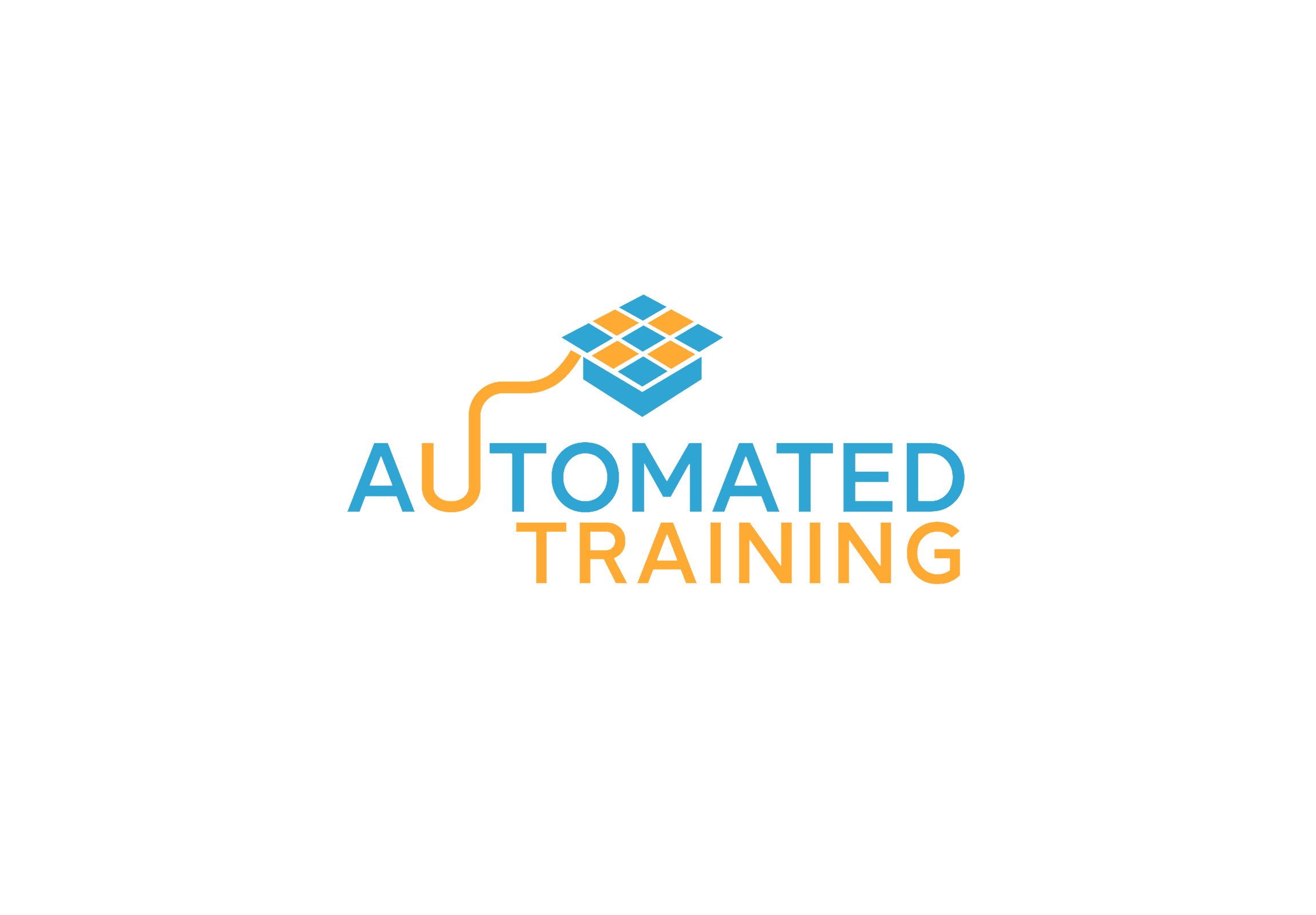As a trainer, I asked myself very often how to stimulate attention in trainings. Because in order to learn efficiently, attention plays a great role.
We cannot learn what we do not perceive, and won’t perceive what we don’t attend, for this reason, we have to learn to pay attention and to attend. And as a trainer or digital training builders, we have to learn to stimulate attention in trainings.
“Sculpting the brain’s neural connections happens only when attention is paid to a stimulus”(Professor Michael Merzenich)
“On the other hand, when we don’t pay complete attention to what we are doing in the present moment, our brain activates a host of other synaptic networks that can distract it from its original intention“(Joe Dispenza).
So, the first step in paying attention is taking care not to lose it. Because the topic is so dense, it is described in a dedicated article. So, please read that article first, in order to learn how not to lose your attention (concentration).
This article will present the following topics:
What is attention?

“In cognitive science, “attention” refers to all the mechanisms by which the brain selects information, amplifies it, channels it and deepens its processing” (Stanislas Dehaene – How we learn)
At any given moment, there are so many sensory inputs: images, smell, noises, and feelings, that compete for our limited brain resources. So paying attention actually means choosing what to ignore.
In order to read this article, you ignore the sound of the street, the talking from the other room. Or how the telephone feels in your hand (if you read it from your smartphone).
“Millions of items of the outward order are present to my senses which never properly enter into my experience. Why? Because they have no interest for me. My experience is what I agree to attend to. Only those items which I notice shape my mind.” (William James – The Principles of Psychology)
In order to feel and experience this quote, I recommend a short movie on Youtube called The Monkey Business Illusion by Daniel Simons. Even if you know the video with the invisible gorilla, this version done in 2010 has additional surprises for you. You will understand how you lose attention on something when you focus your attention on something else.
Filters that stimulate attention in trainings
Who makes the decision on what to attend?
The brain, of course. The brain selects which information to attend to and which not. From here also the terminology: selective attention.
The brain has 2 filters for attention:
– the first filter selects between the stimuli
– the second filter selects from the available mental operations
The brain gets all these inputs. It processes them in parallel (by specialized neurons) and then selects by the level of importance what is filtered out and what gets in.
“At each stage, our brain decides how much importance it should attribute to such and such input and allocates resources only to the information it considers most essential” (Stanislas Dehaene)
In other words, there are 2 main ways that can inhibit learning. We should be aware of them and avoid them by all means:
- Inattention – completely missing the stimulus
- Wrong filters – missing to set the importance filter high for the information we want to learn
Let’s see how we can avoid those practices and how we can prime the appropriated attention subsystem.
According to Michael Posner the attention subsystems are alerting system, orienting system, and executive attention.
The subsystems of attention
When you pay attention to something, the region in the brain that gets activated when you pay attention is dependent on the type of information you attend. Attention is modulated by neurotransmitters. The brain releases those neurotransmitters, which are chemical substances that affect the transfer of information at the neuron level.
1.Alerting system indicates when to attend

To stimulate attention in trainings and in order not to miss the stimulus: the material that is presented, we have to have our alerting system active. We have to be alert and focused. Each person has his best times for learning and then is when efficient learning happens.
The first solution to enable learning and retention in your employees’ trainings is to allow them to attend the training when they are in the mood for learning. When they are alert and focused. This means that the training has to be digital and available all the time to the employees.
How to prime the alerting system
Suppose you cannot learn when you are in the mood for learning. So you have to put yourself in the mood. There are two things that you can do to prime the attention (more precisely its alerting subsystem):
1. Right before the learning session, practice for 3 to 5 minutes of short but intense physical exercises, that increase the heartbeats. Physical activity also stimulates the release of dopamine, norepinephrine, and serotonin. Those are neurotransmitters that support attention.
2.Motivation is the key to getting things done. When you imagine the end effect of your learning you stimulate the rewards centers in your brain. This works great with self-motivated people.
But how do you motivate others, like your employees to learn? Urgency triggers motivation! Everything that is urgent makes people find the motivation to accomplish the task fast.
2.Orienting system indicates what to attend
“My experience is what I agree to attend to. Only those items which I notice shape my mind.” (William James – The Principles of Psychology)
The orienting system is the one that indicates what we switch on and off. Here is the first filter of attention, the one that selects from all the available stimuli. For an object to come into the spotlight, many others must remain in the shadow. This subsystem also “ amplifies the signal“ after receiving it.
Example: we are able to select between more audio inputs. If the trainer explains something while the colleagues are gossiping, we are able to select between the two inputs which one we want to attend.
We will attend the one that seems more interesting or important at that moment. If the gossip is more interesting than how to ensure requirements traceability in the project, that’s where the attention goes to.

In the vision, the orienting system is even more gifted. In the center of our retina, we have an area of very high sensitivity called the fovea. We switch the attention to what interests us, by placing the object of interest into the fovea. If the presenter has long décolletage or a short dress (or even both), imagine what will be placed more often into the fovea 😉
How to prime the orienting system
One method to direct attention in trainings is to ask questions related to the topic. Questions influence the attention filter. Many trainers/teachers use this method and ask for trainees’ opinion about what he is going to explain next.
What happens when somebody asks you a question?
Most probably you will be trying to answer it the best you can.
But why are you doing that?
Because any question feels like a cognitive test and it taps into your intrinsic motivation. And you want to prove that you are smart and competent. So you will attempt to pull together all your existing knowledge and information that you have.
Tip for the trainer: in between asking the question and giving the response, fill that time frame with the explanation of a principle that has to be learned. Through this, you ensure that the trainee will be fully engaged in the explanation because he is still curios to find out the answer.
Questions alert your attention system and set the correct filter for filtering the information.
Questions induce curiosity and “It is a miracle that curiosity survives formal education” (Albert Einstein)
“I have no special talent. I am only passionately curious” (Albert Einstein)
but
“One is curious only to the extent that one is educated” (Rousseau – Emile, or On Education)
3.Executive attention indicates how to process the attended information
Here is the second filter of attention. The one that selects from the available mental operations.
In case you paid attention to the chapter “Filters for attention”, there, only the first filter was presented: the one choosing from the stimuli. Executive attention is part of executive control. Which is part of the brain called the prefrontal cortex (PFC).
The prefrontal cortex is responsible for complex behavior and accomplishes executive brain functions and it reaches maturity around the age of 20. This is the reason why children and teenagers lose self-control easily. The part of the brain responsible for the control is not fully mature.
This attention subsystem has the following duties:
- activates the relevant operations and inactivates the inappropriate ones
- sets priorities for competing tasks, since at any moment only one task can be executed and we are not able to multitask
“The only reason we believe that we can multitask is that we are unaware of the huge delay it causes” (Stanislas Dehaene – How we learn)
3. detects when we make an error and it is also responsible for the activation of the corrective operations
Experiment the executive attention at work
And in order to feel all these 3 activities in your brain, I will post here the example from Stanislas Dehaene’s book “How we learn”.
Name the color of the ink in both lines written below.

When switching to the second line, you notice your executive attention at work. First, it tries to inhibit the inappropriate operation: reading. Because inhibiting reading will not work from the first word, it senses the error and then corrects the operation.
Training of executive control is important because it “can even change one’s IQ… IQ rests on specific brain circuits whose synapses weights can be changed by training. What we call fluid intelligence – the ability to reason and solve new problems.”
There are studies showing that learning to play a musical instrument, as a child, has a strong and positive impact on the attention circuits of the brain. Including an increase in the thickness of the prefrontal cortex.
How to stimulate attention in digital trainings
Digital/video trainings have a great advantage related to attention. First, they stimulate the alerting subsystem attention in trainings, because they allow the trainees to attend when they are by default focused, alert, and in the mood for learning.
They also stimulate the motivation of the employees, if they are designed modular enough and are synchronized with employees’ needs in solving their tasks.
And second, in video training or in the visual representation of training powerful attention-grabbing mechanisms can use. The orienting attention can be kept engaged through visual prompts, and retrieval cues which also support memory formation.
 It is easier to engage people through images and movies than only through trainers’ presence as in the case of presentations. This is also one of the reasons why learning from lectures offers the lowest retention rate: 5% retention. While audio-video presentations offer 4 times more retention: 20%.
It is easier to engage people through images and movies than only through trainers’ presence as in the case of presentations. This is also one of the reasons why learning from lectures offers the lowest retention rate: 5% retention. While audio-video presentations offer 4 times more retention: 20%.


